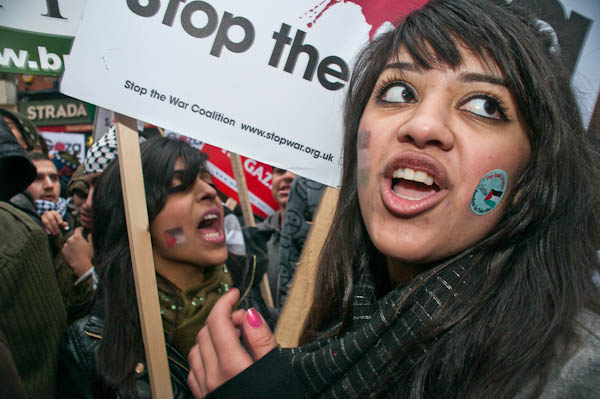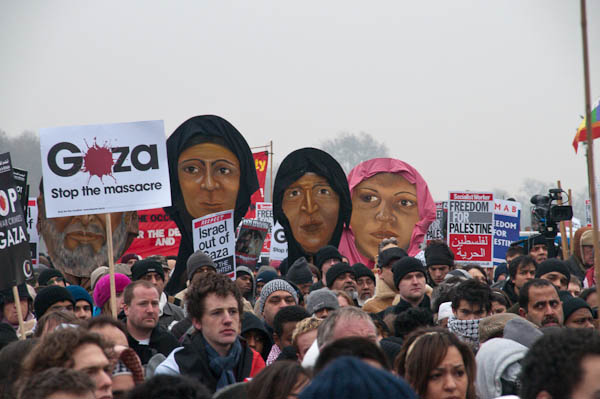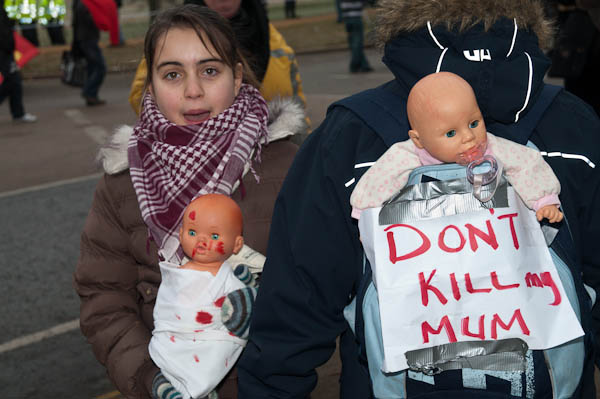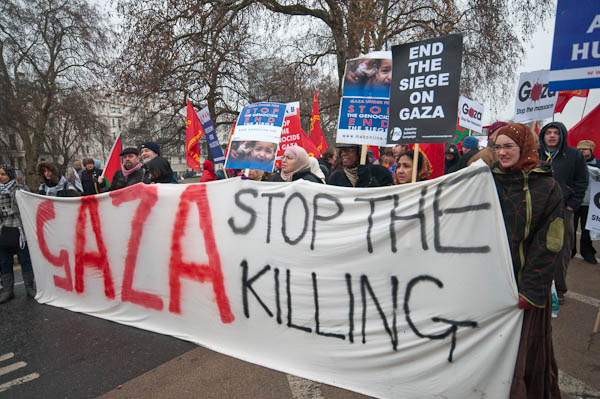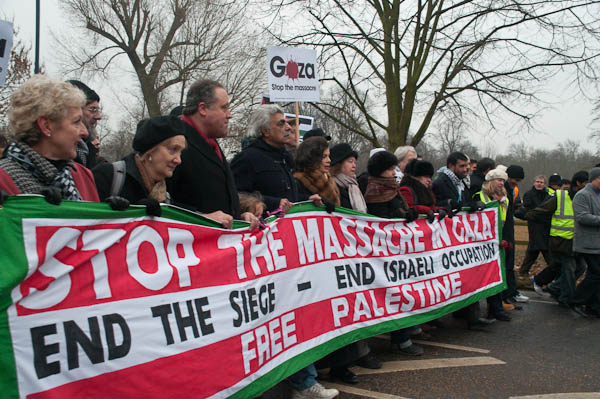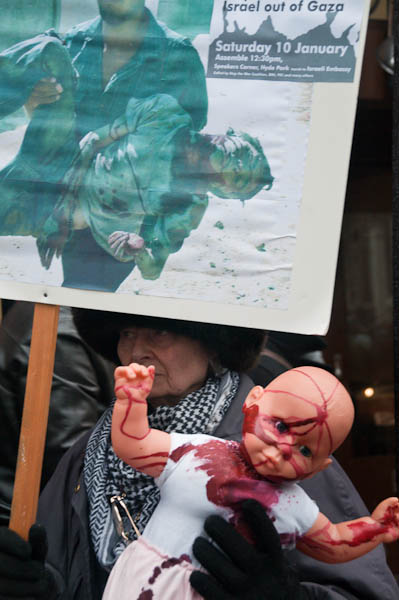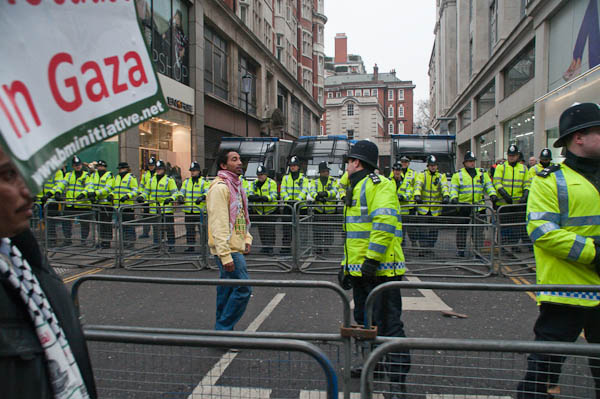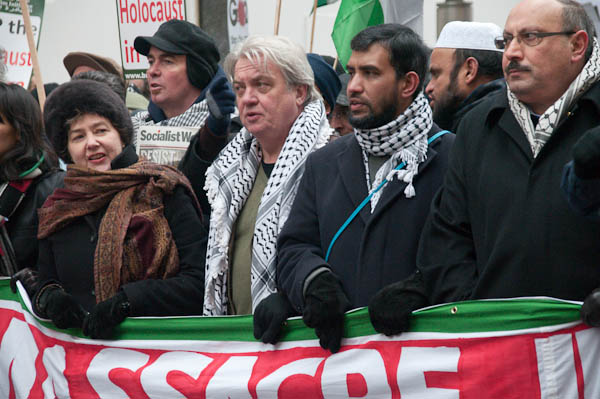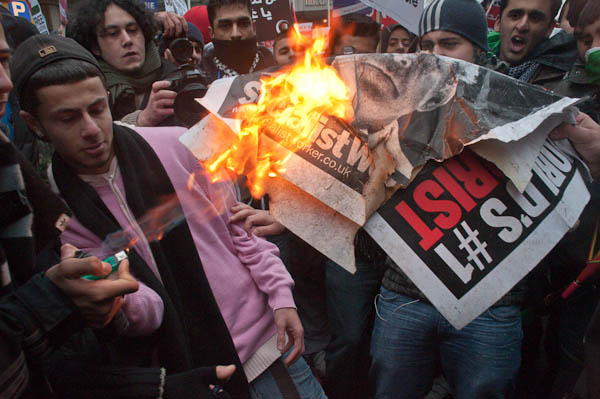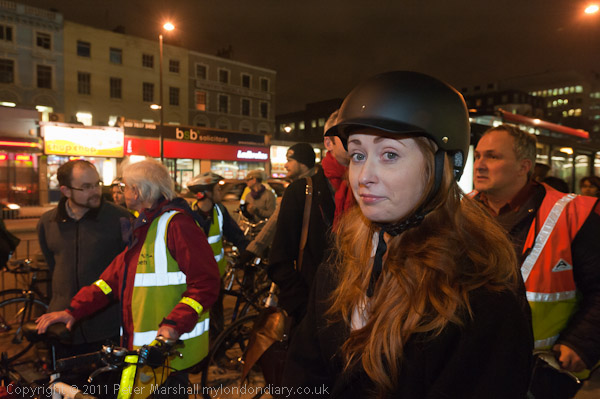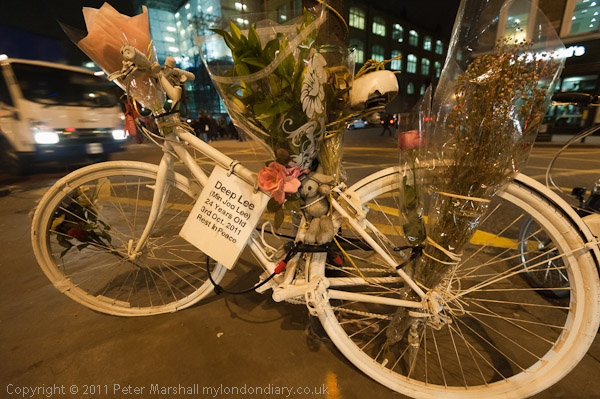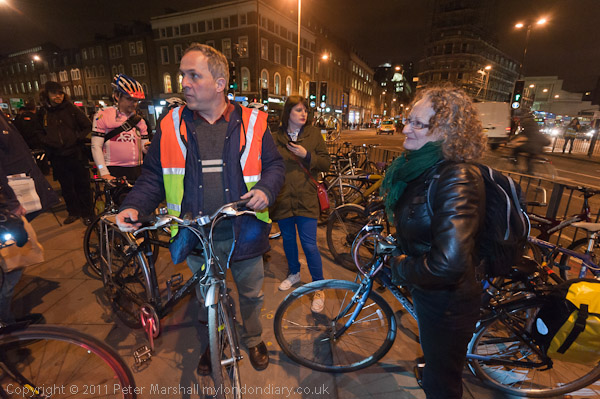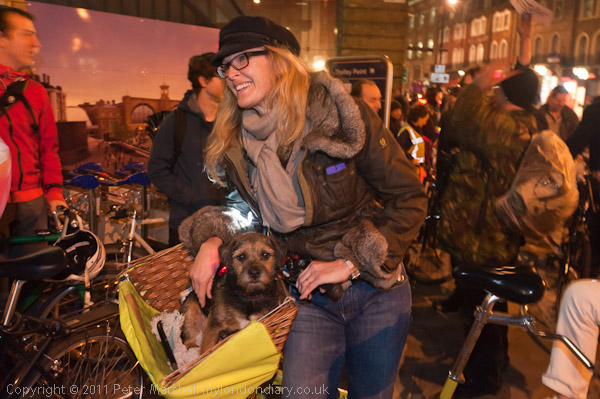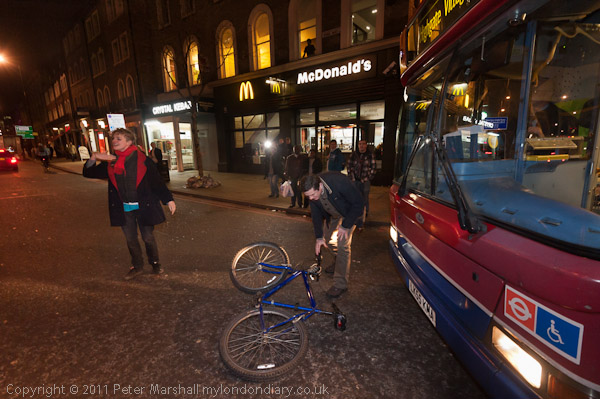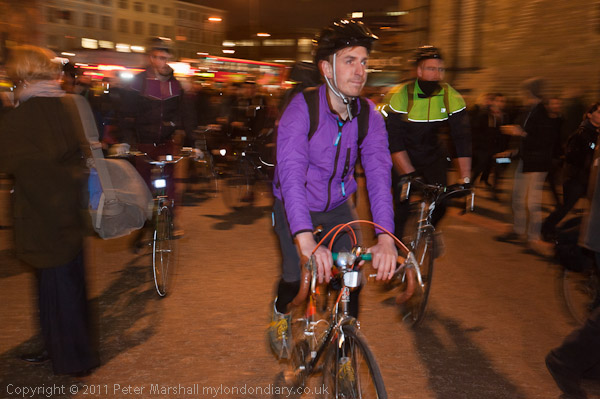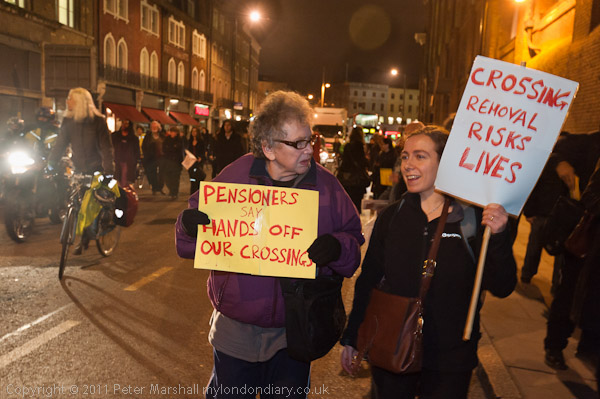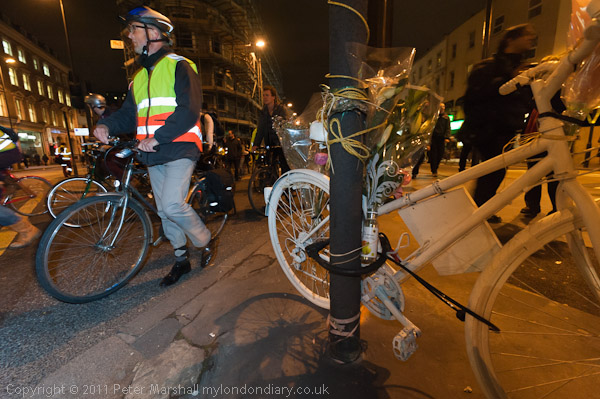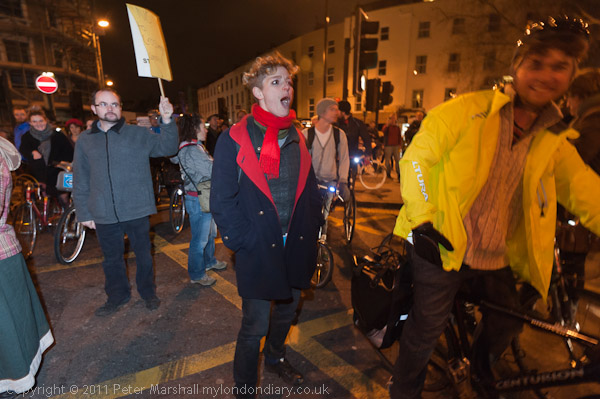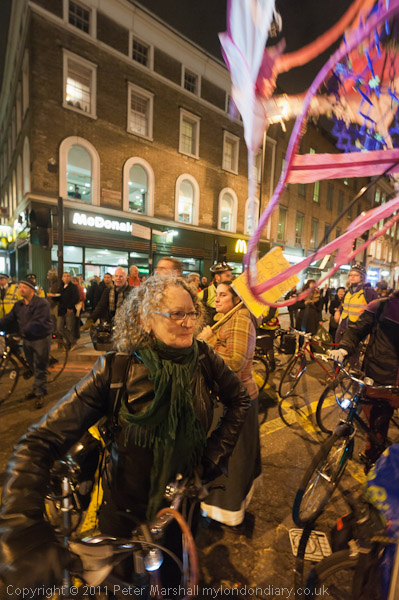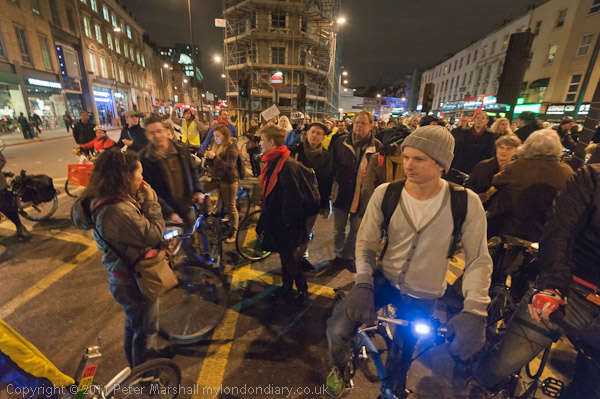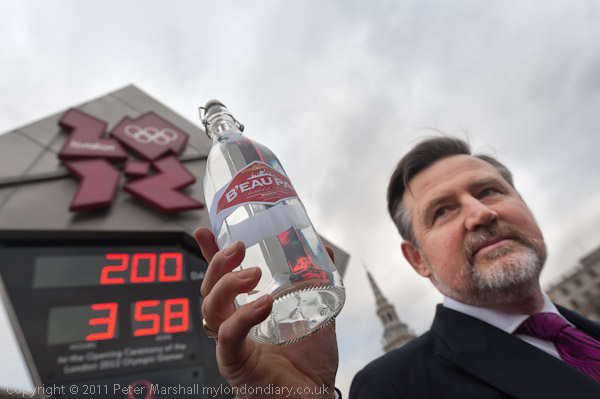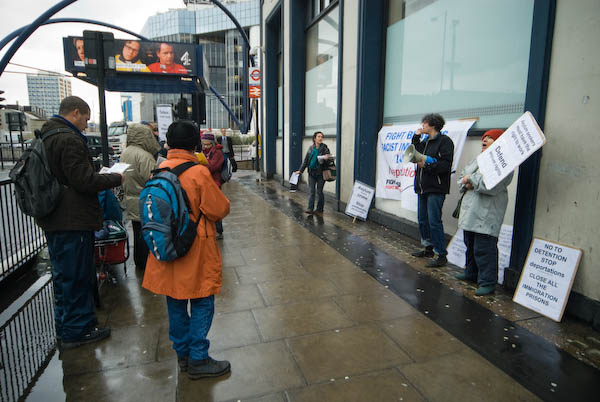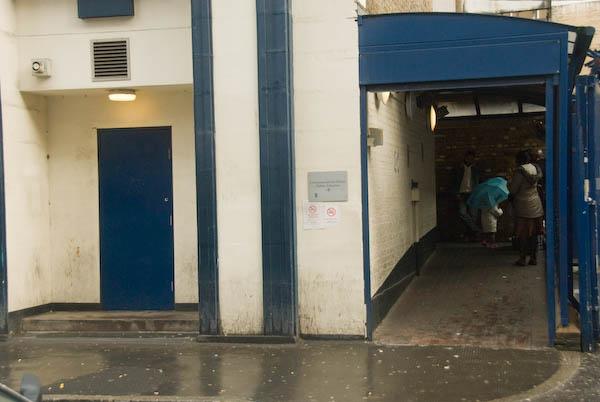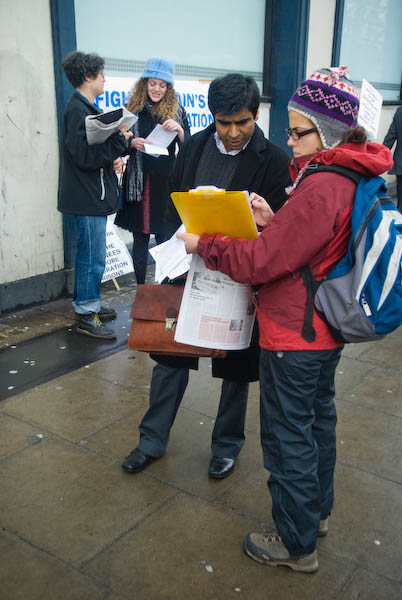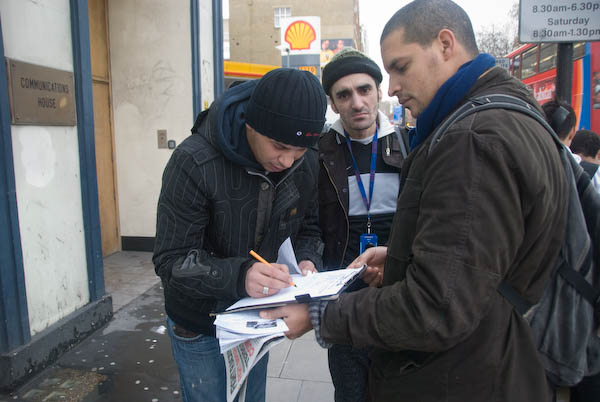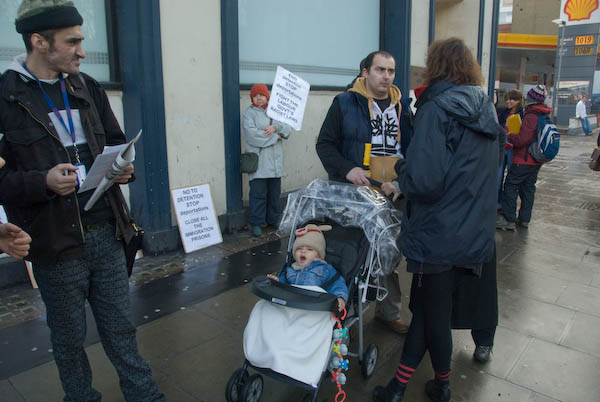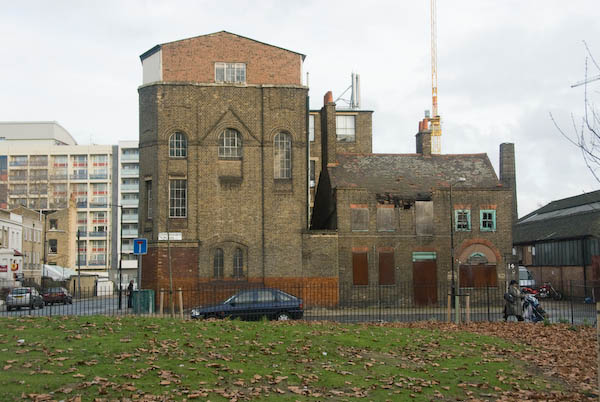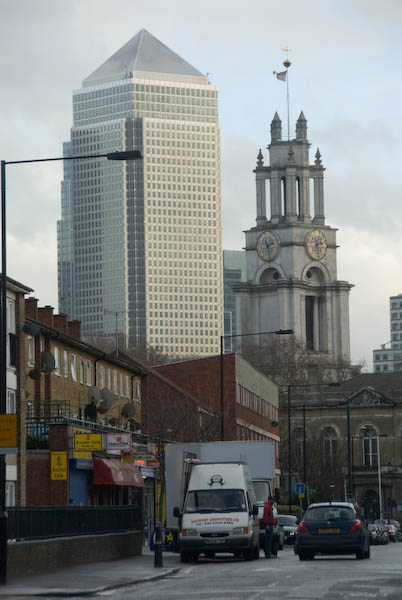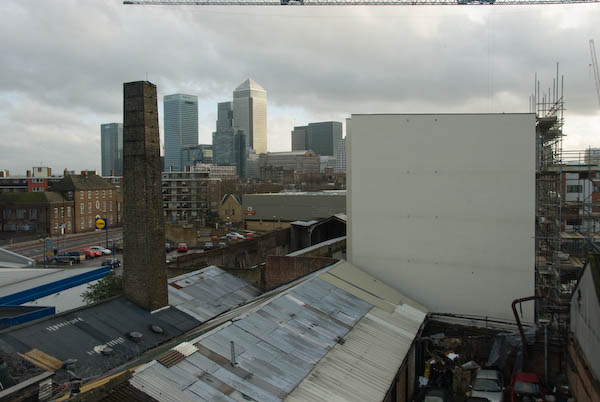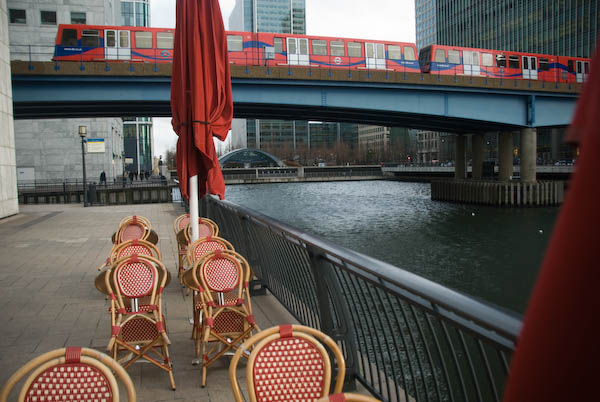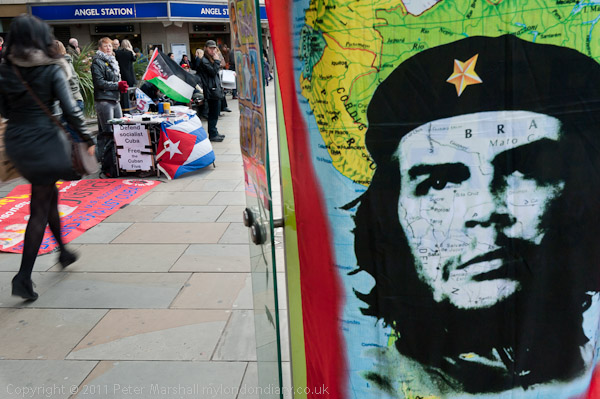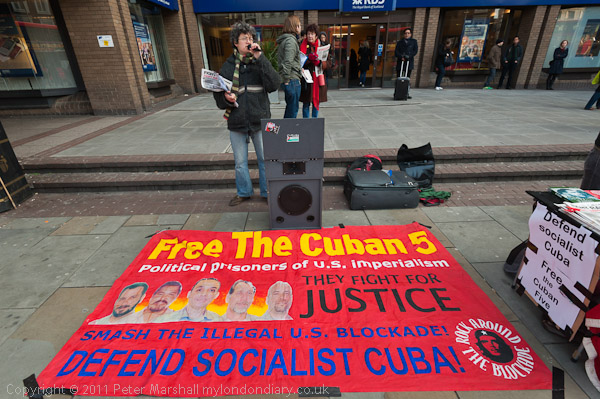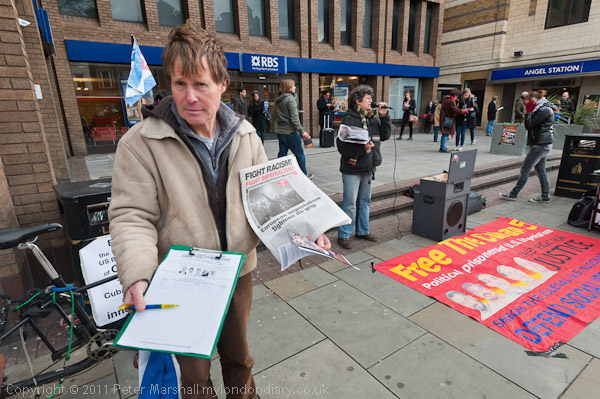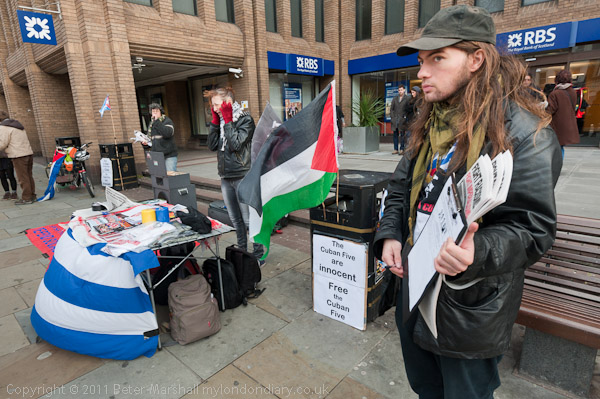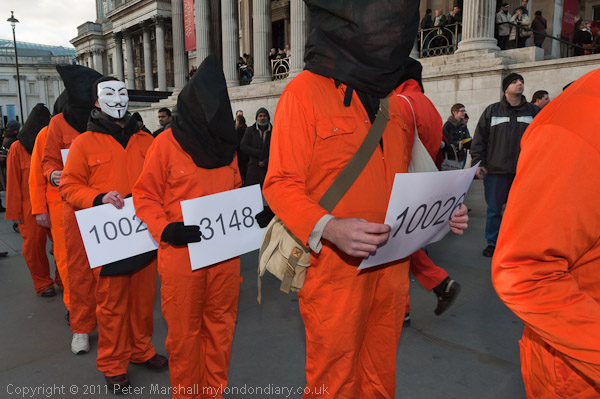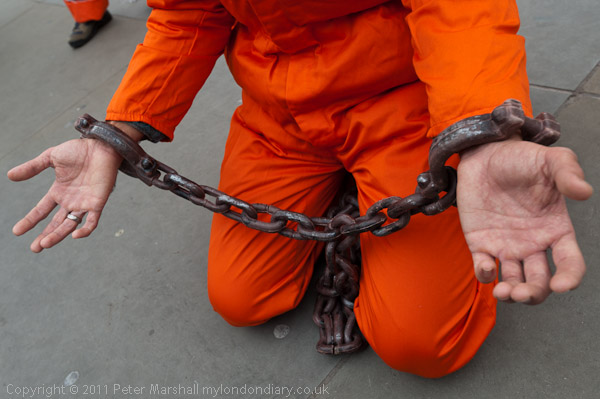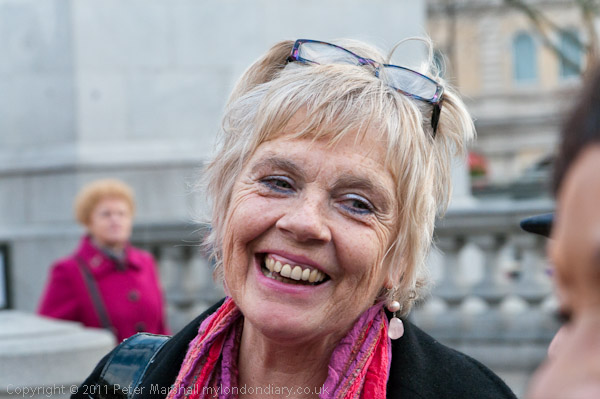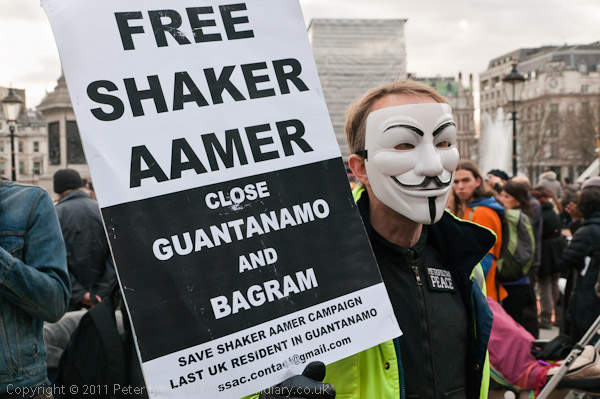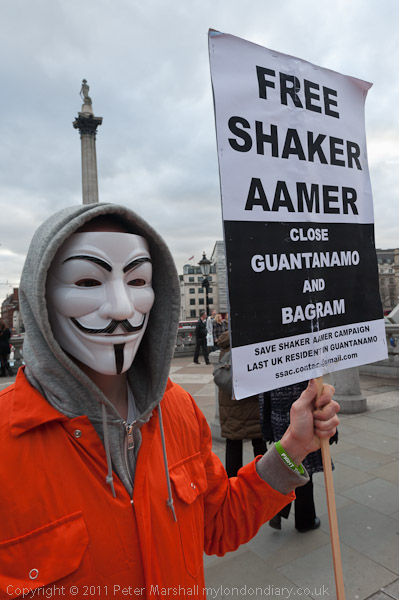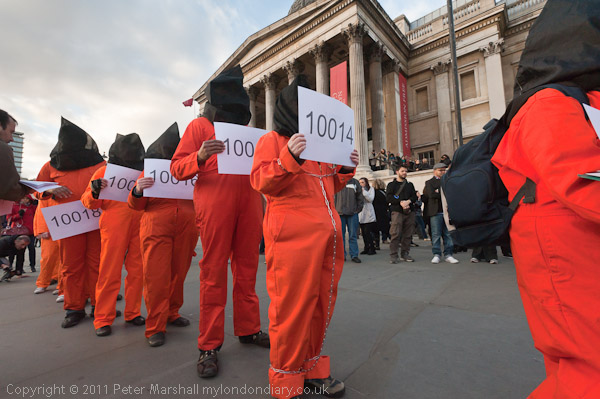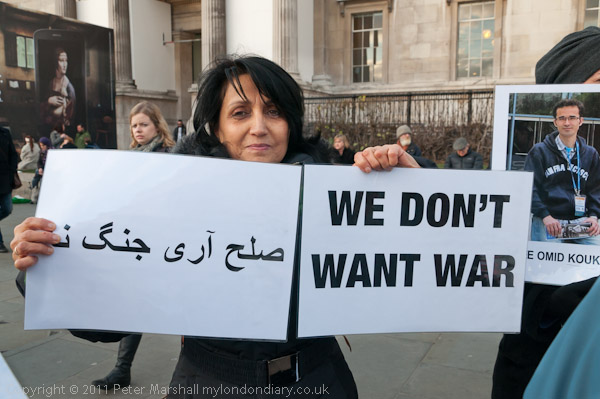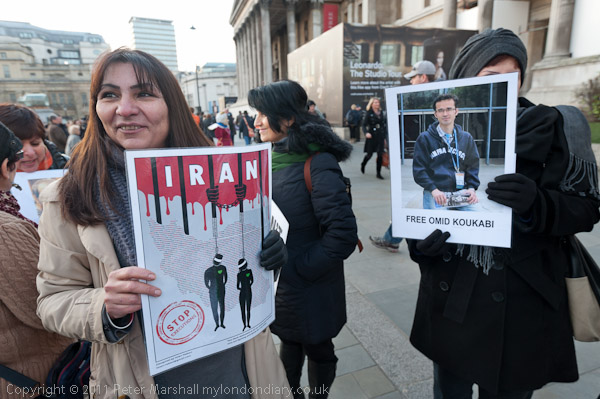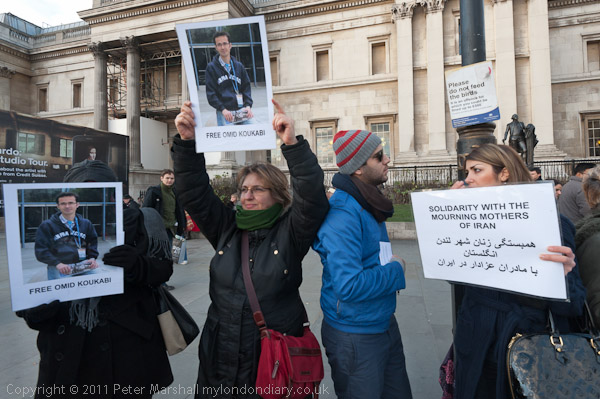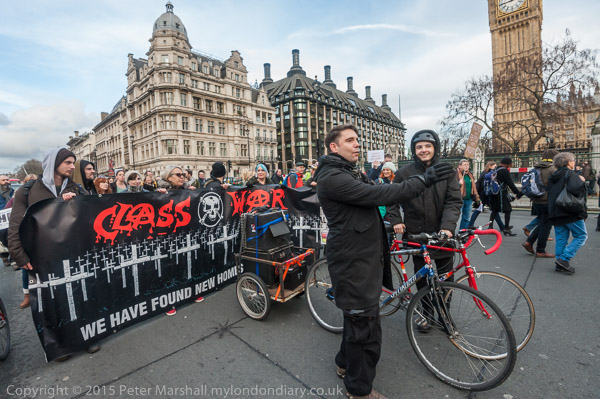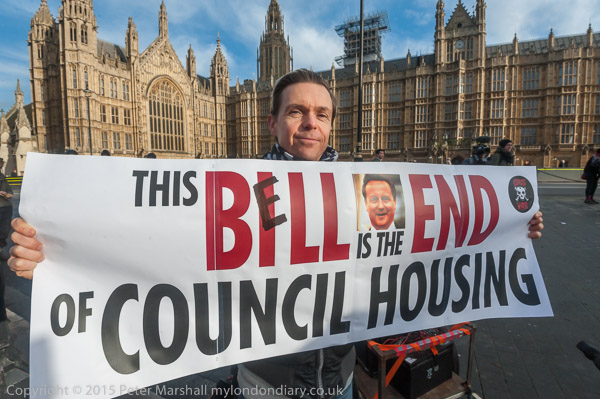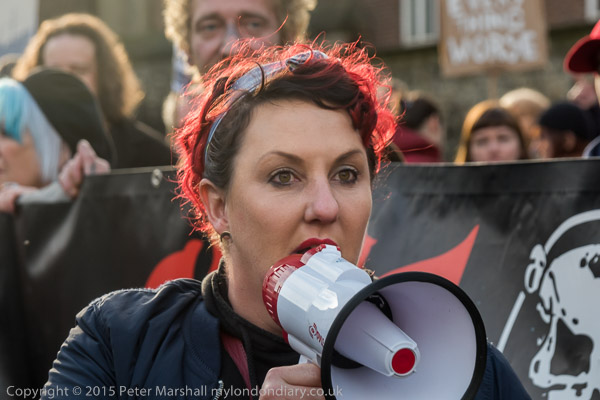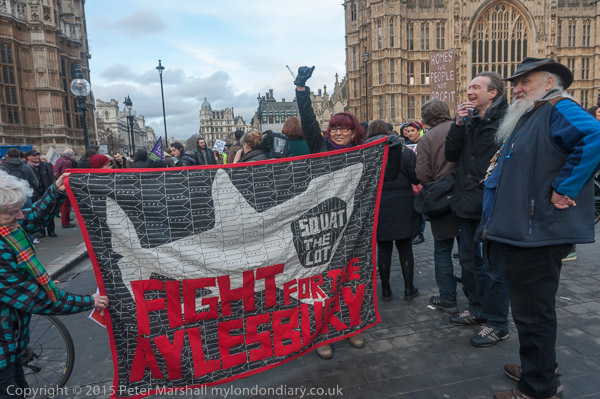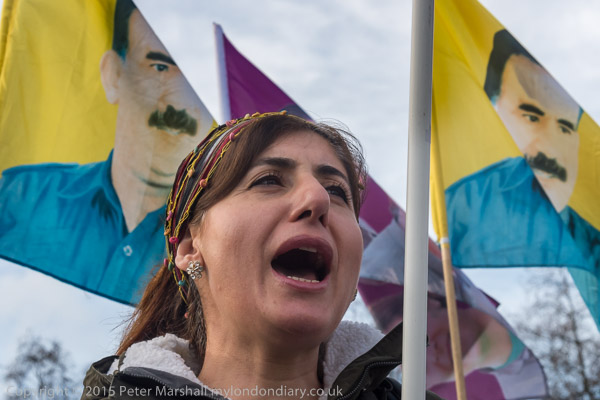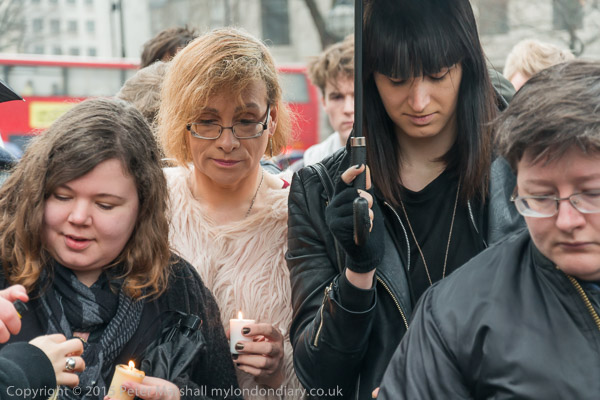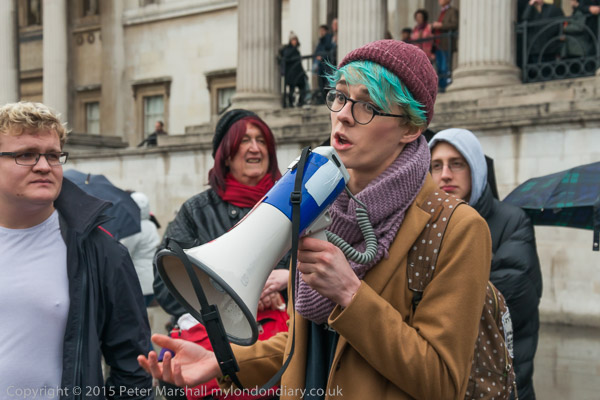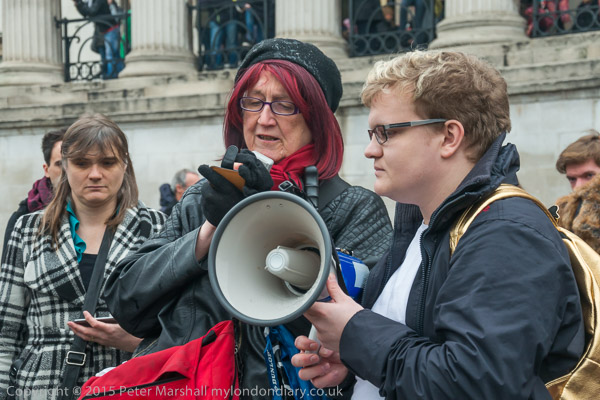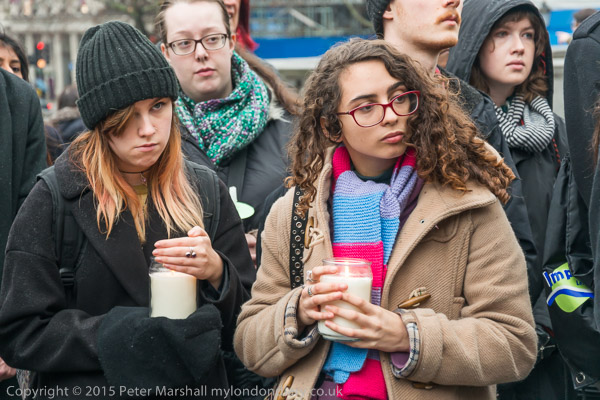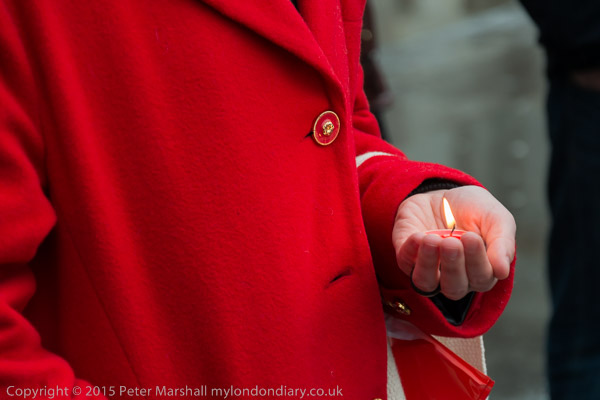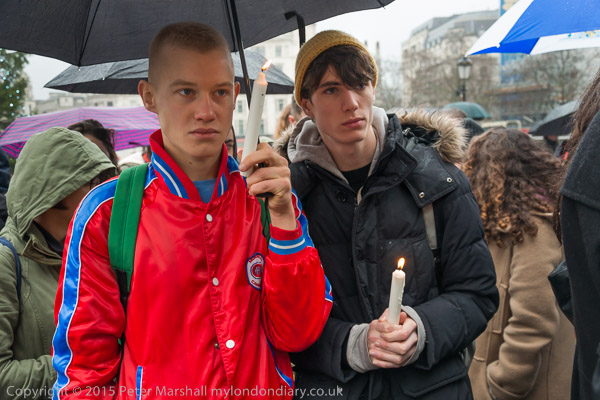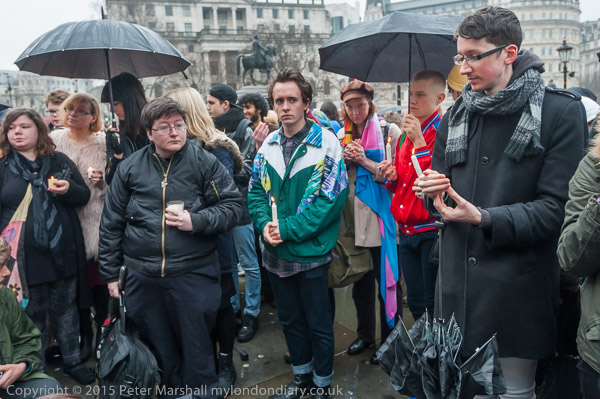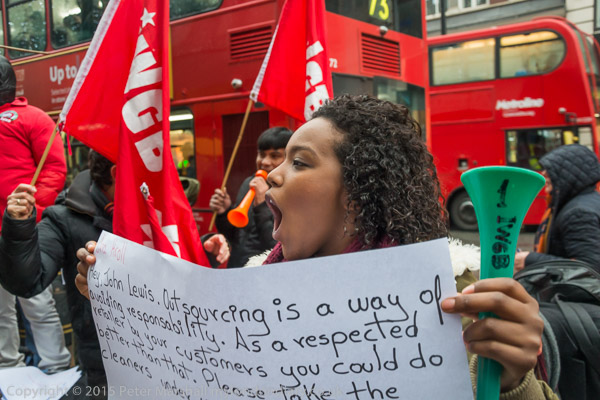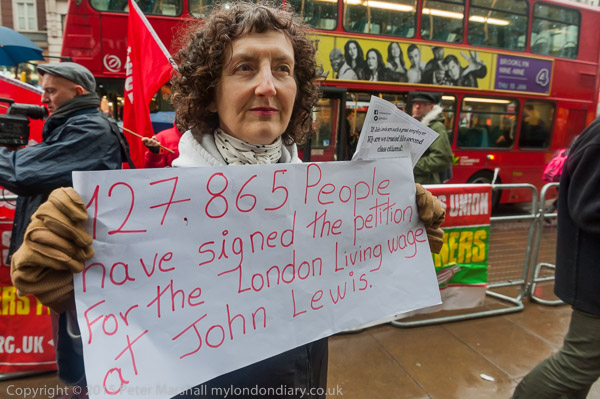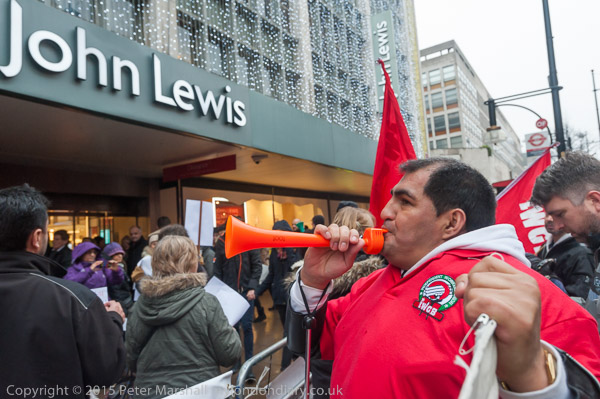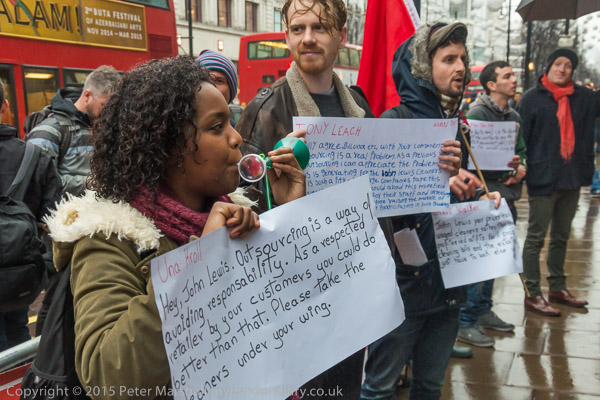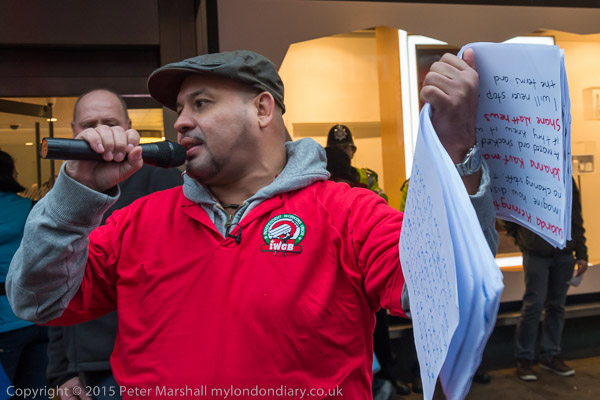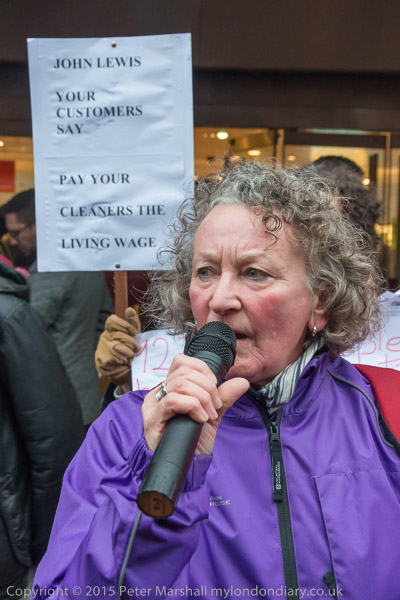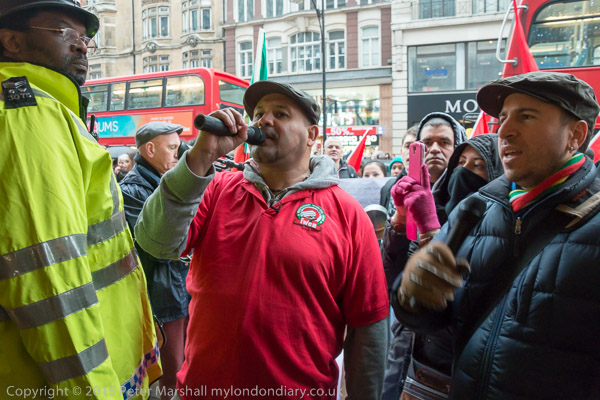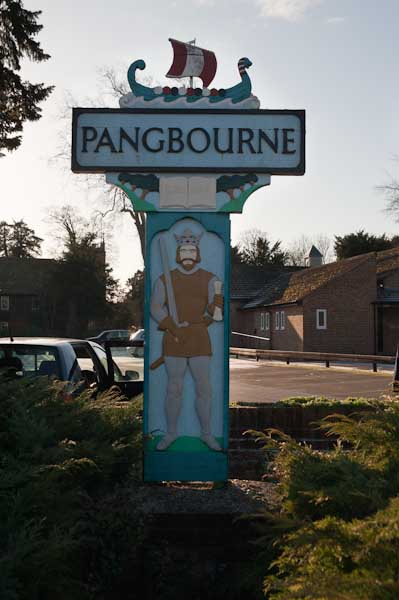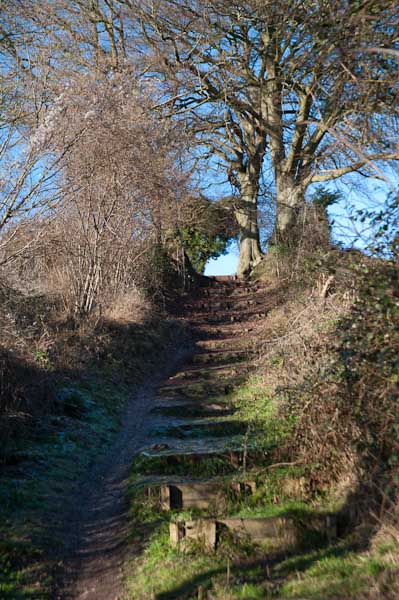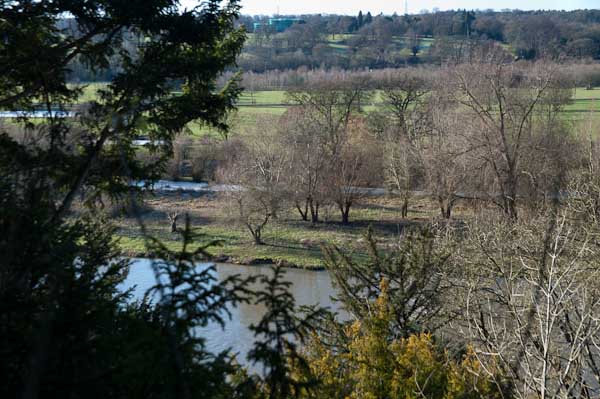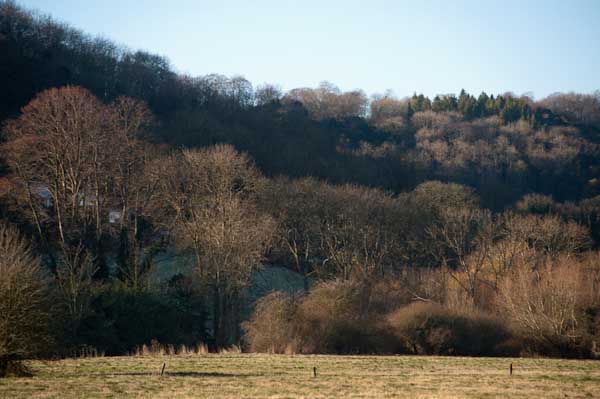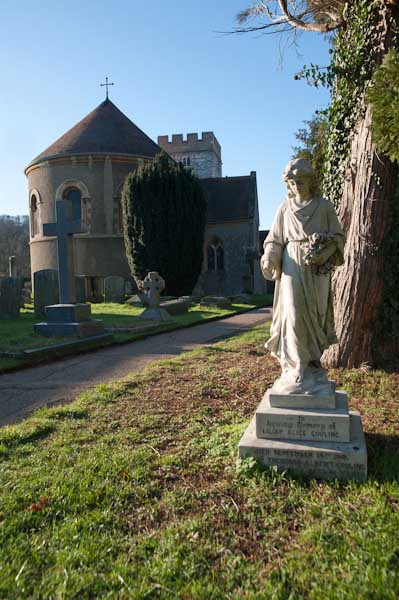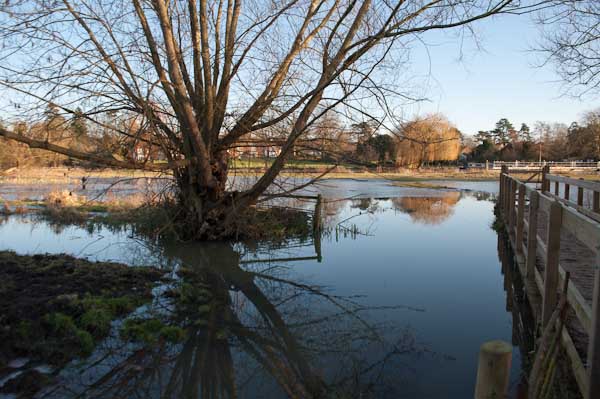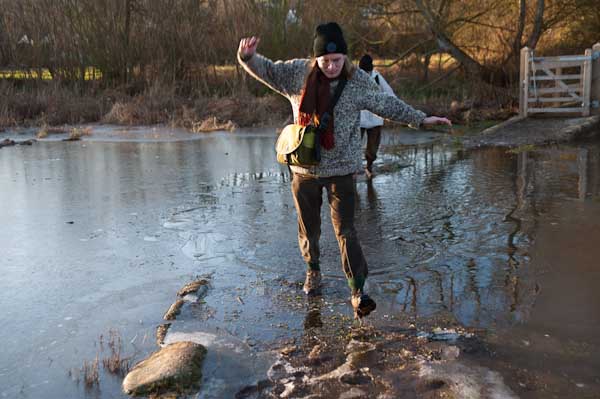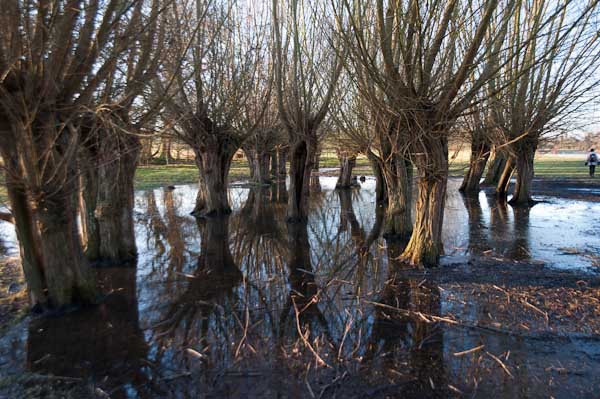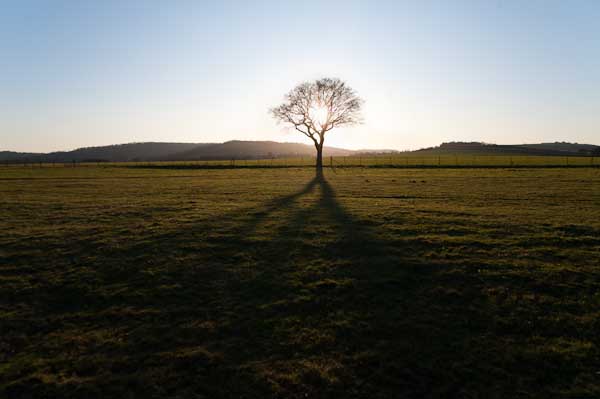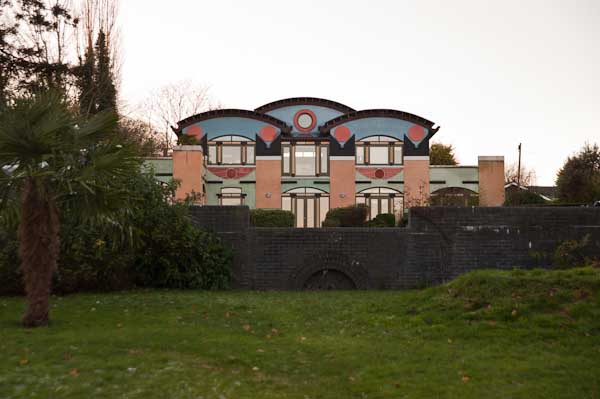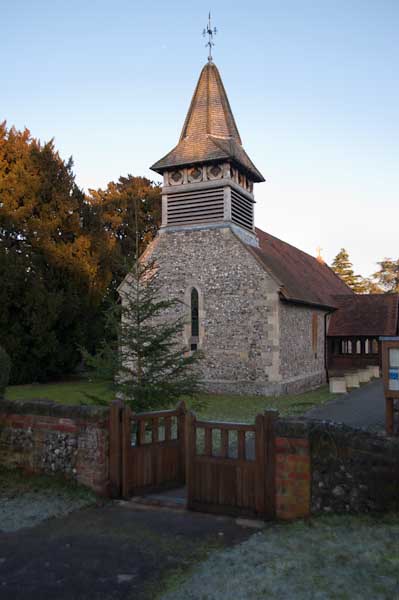Blessing the Thames London Bridge, Sunday 11th January, 2009
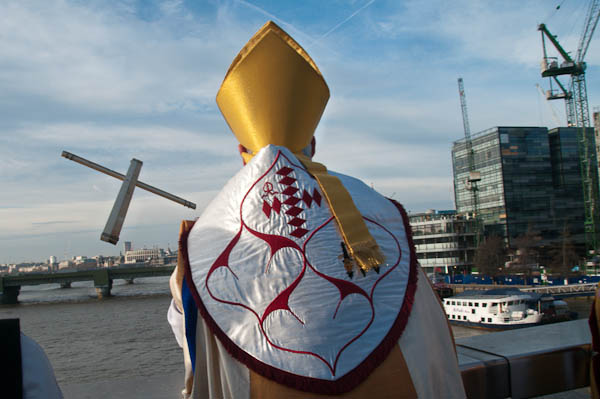
Fr Philip Warner was impressed by the annual Blessing of the Waters ceremony he saw in the Orthodox churches of Serbia. When he became the priest at St Magnus the Martyr at the City end of the old London Bridge he decided to begin an annual ceremony to bless the River Thames.
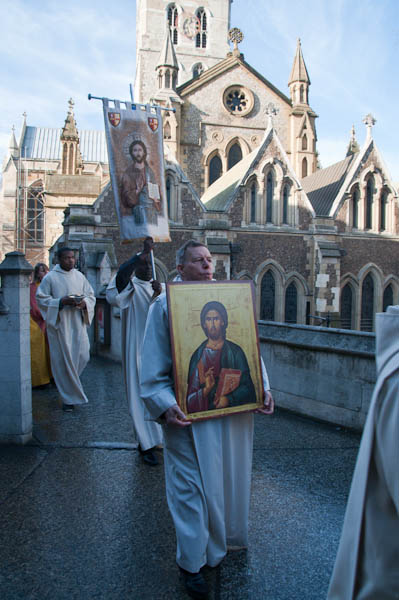
His parish and that of Southwark Cathedral meet at the centre of the current London Bridge, and in 2004 processions from both churches met there on the Sunday closest to Epiphany (January 6th) for a short service.
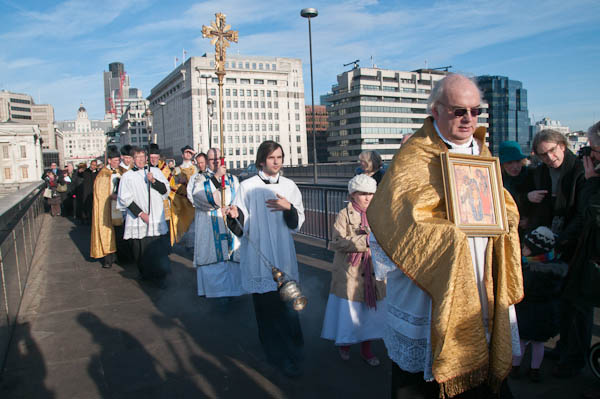
Prayers were said for all those who work on the river and in particular for those killed close to this point in the 1989 sinking of the Marchioness. Incense was swung around liberally, but dispersed by the breeze. The river was then blessed by throwing in a large wooden cross. Water was then sprinkled over those taking part in the ceremony before all those present were invited to process to one of the churches for a lunch.
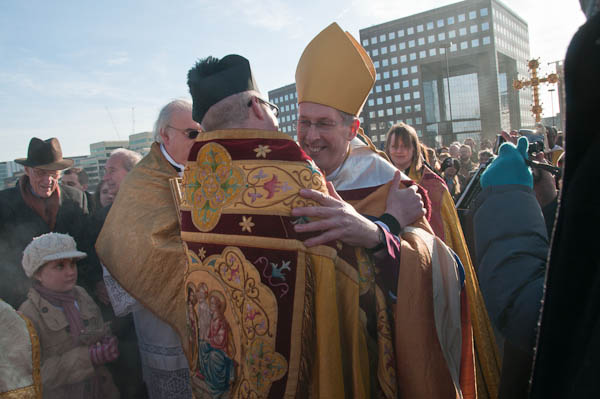
I photographed this event in 2007 and 2008 as well as 2009, though it was only in 2008 that I was able to stay for the lunch, that year at St Magnus. By the third of these years the event had grown, with too many photographers, mainly amateurs, coming along and getting both in my way and in the way of those celebrating. I felt I had already taken enough pictures by then and crossed it off my list of annual events to cover.
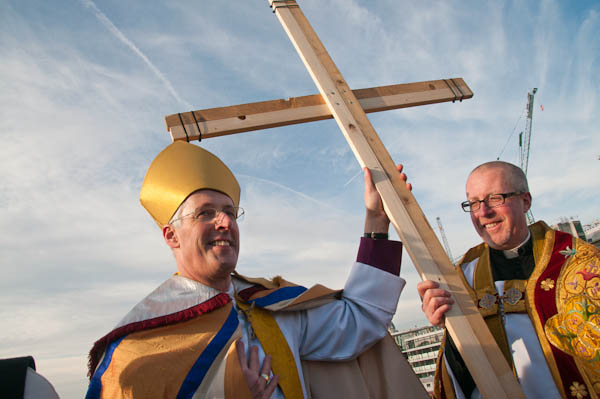
When I first began photographing events in London, both protests and cultural events, there were few photographers at most of them except the large national marches. At many smaller events I would find myself the only person with a camera, and of course everything was still on film. But in the last 15 or so years things have changed.

Back then even when there were more of us taking pictures we were all photographers and at least doing so in a professional way. We tried to respect the others and so far as possible keep out of each others way, though of course that wasn’t always possible. Sometimes there were arguments between those of us who liked to work close to our subjects with wide-angle lenses and those who carried giant, heavy, usually white, telephoto zooms and always wanted to use them from a distance. But generally we worked together.
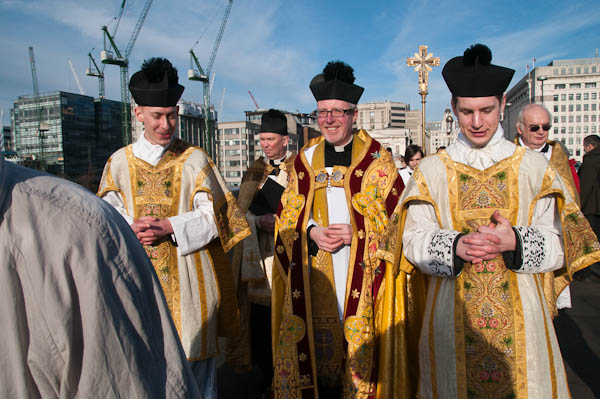
Then came cheap digital cameras and camera phones. Everyone now has something that can take picture, and can readily share them on social media. And there has been huge movement from taking still images to recording video. Video leads to a different attitude, with many becoming unaware of anything outside the screen of their phone around them. At any event now I can be sure that at least one person will walk in front of my lens talking into their phone totally oblivious of my presence and blocking my view.
Of course I don’t claim any special right to take pictures, and others have the same rights as me. But unless we respect the rights of others it becomes difficult and frustrating to work; we have to work together.
More pictures from 2009 Blessing the Thames.
Protests on January 11th
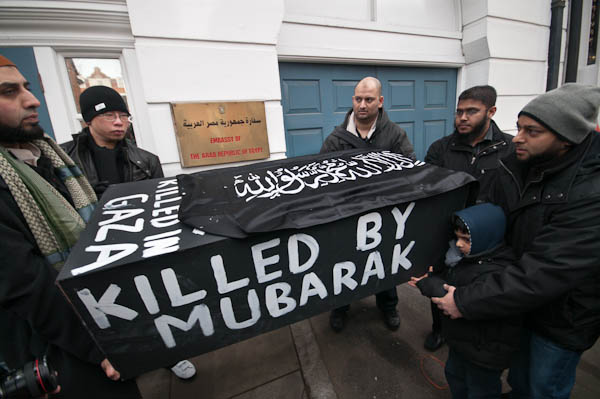
In 2009 I was sorry not to have time to stay for the lunch at Southwark Cathedral, particularly as two of my friends were present, one a frequent worshipper there. But there were a couple of protests to photograph. The first was a march by Hizb ut-Tahrir Britain against the Israeli attacks on Gaza, aimed at Arab dictators who collude with Israeli terrorism and going to Egyptian, Syrian and Saudi Embassies.
More at Hizb ut-Tahrir Britain Gaza march.
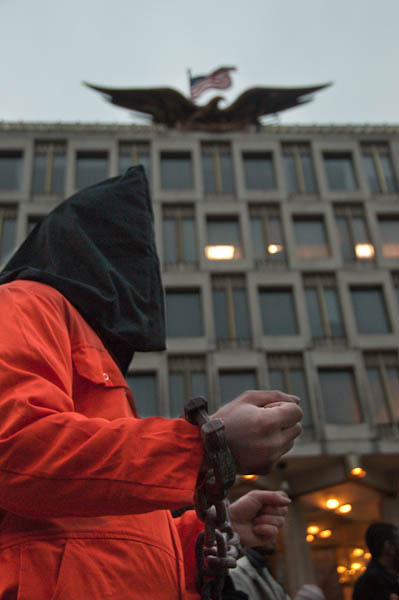
And it was the 11th of January, and the anniversary of the setting up of the US torture camp at Guantanamo in 2004 was marked by a late afternoon protest at the US Embassy, still then in Grosvenor Square.
More at Guantanámo – 7 Years
